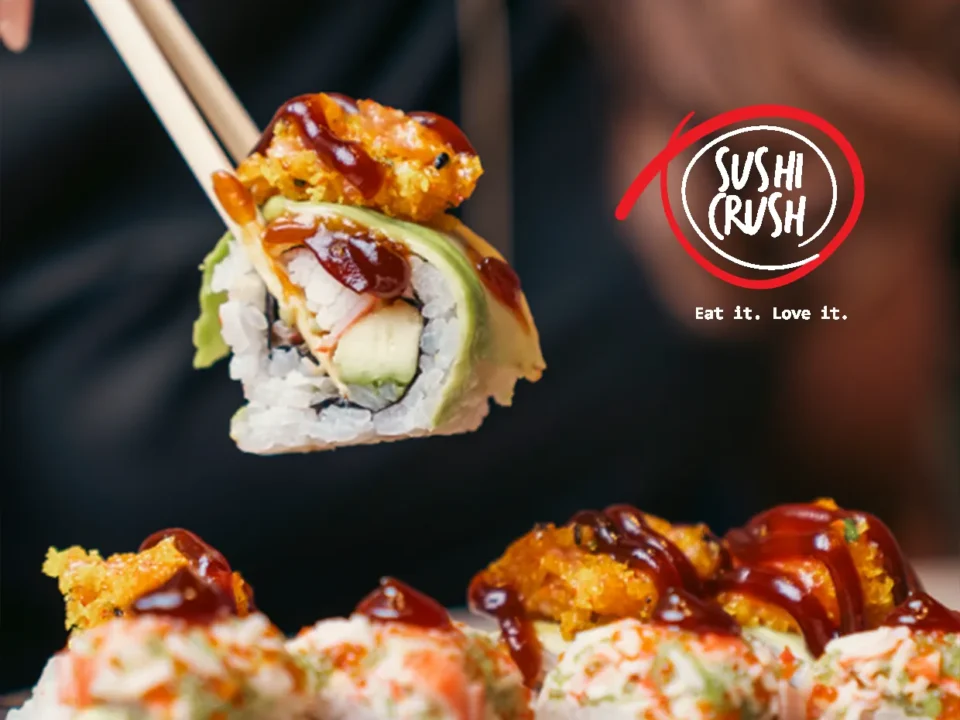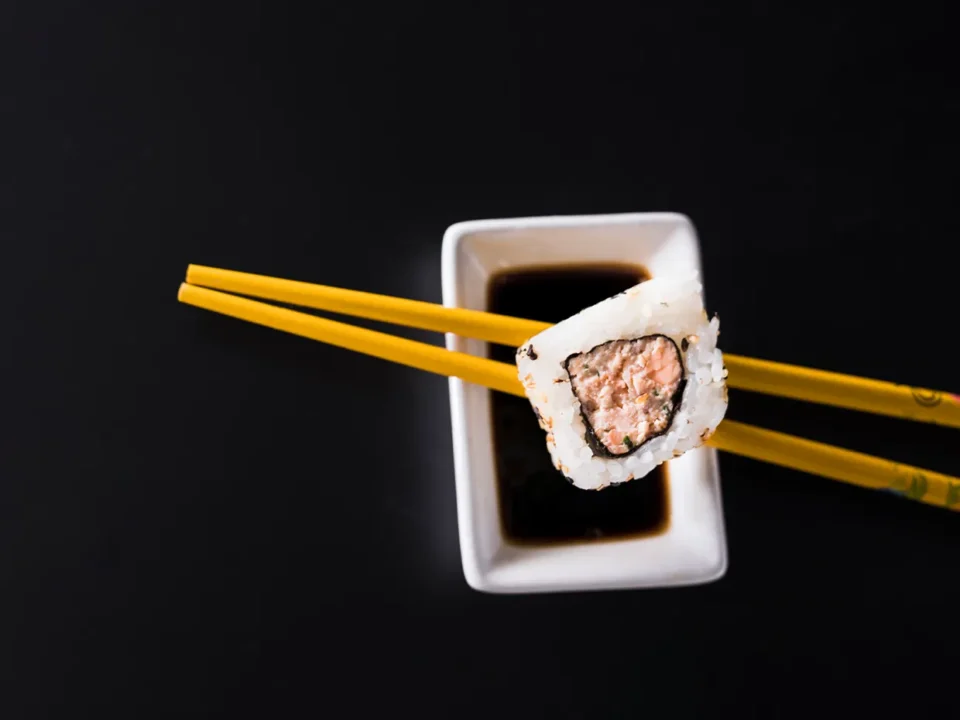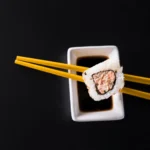
How to Eat Sushi: A Beginner’s Guide to the Japanese Culinary Art
September 20, 2025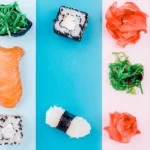
Is Sushi Healthy? Nutrition Facts You Should Know
September 23, 2025Introduction
Sushi is often celebrated today as a symbol of Japanese fine dining, artful presentation, and delicate flavors. But behind its elegance lies a surprisingly practical and ancient story. The true origins of sushi go back more than two millennia, not to Japan as commonly believed, but to Southeast Asia, where it began as a method to preserve fish through fermentation. The dish we now know as sushi evolved over centuries, undergoing significant transformations in both preparation and cultural meaning.
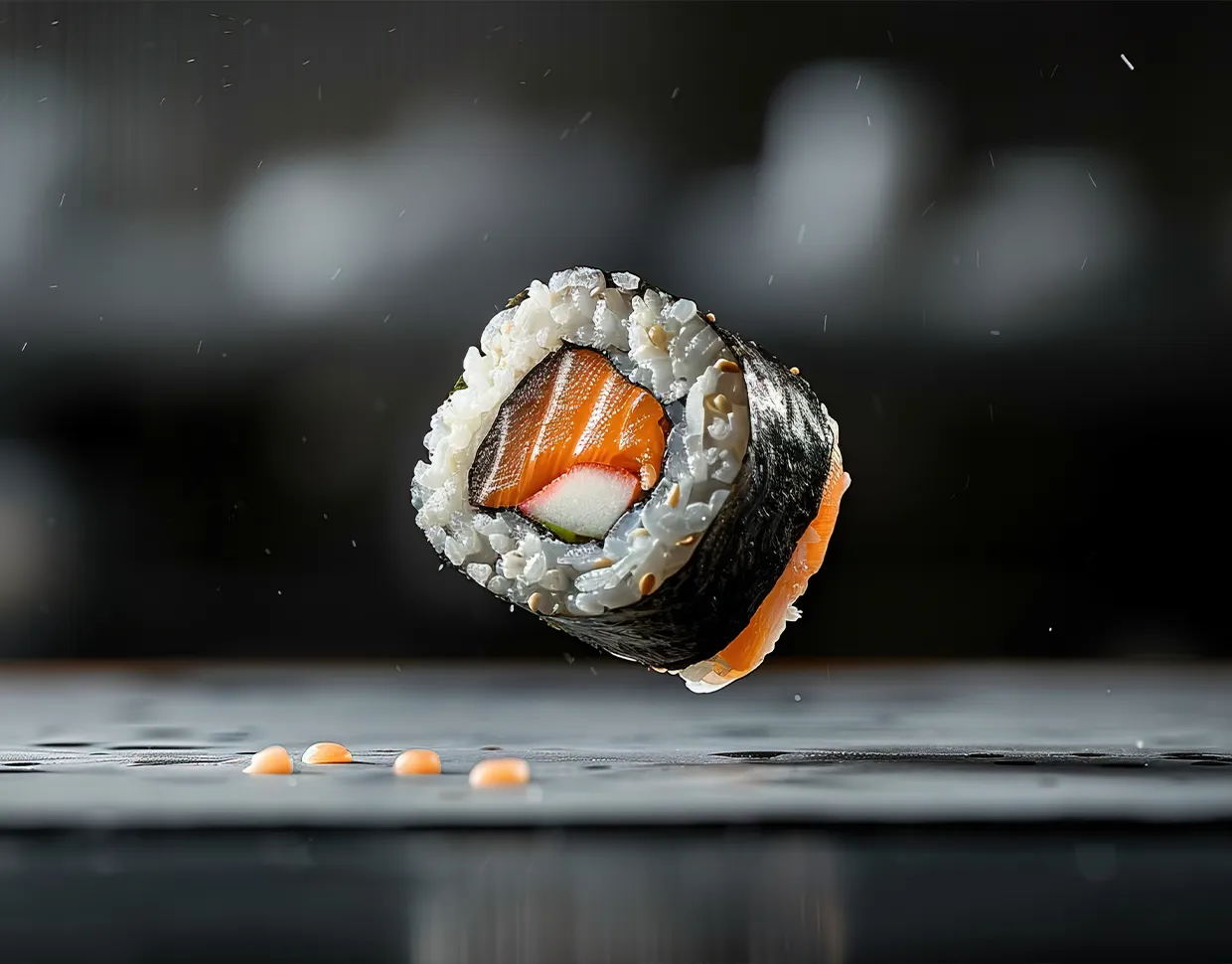
„The rice was not consumed but served solely as a medium for preserving the fish”
The earliest form of sushi was known as narezushi. This technique involved cleaning fish, heavily salting it, and then packing it in fermented rice to keep it edible for extended periods. The rice was not consumed but served solely as a medium for preserving the fish. This process was widespread across regions near the Mekong River and made its way into China before arriving in Japan around the Yayoi period, between 300 BCE and 300 CE. Japan, a country that would later become synonymous with sushi, adapted this method to suit its own agricultural and culinary practices, particularly with the rise of rice farming. As Japanese culture and cuisine evolved, so did sushi. By the Muromachi period (1336–1573), people in Japan began eating the rice along with the preserved fish, reducing fermentation time and transforming the dish from a preserved item into a more palatable and daily food. This was a significant step toward the modern concept of sushi, where both rice and fish are valued components.
The real revolution came during the Edo period (1603–1868) in what is now modern-day Tokyo. The fast-paced urban lifestyle of Edo’s growing population created a demand for quick, tasty food.
This led to the creation of haya-zushi, or “quick sushi,” which used vinegar to sour the rice instantly instead of relying on long fermentation. Around 1824, a chef named Hanaya Yohei introduced what would become the most iconic style of sushi today: nigiri-zushi. He served vinegared rice hand-shaped and topped with fresh fish from Edo Bay. This sushi was not only delicious but could be made and eaten quickly, which made it an ideal street food. Hanaya Yohei's invention laid the foundation for the sushi we recognize in Japanese restaurants around the world.
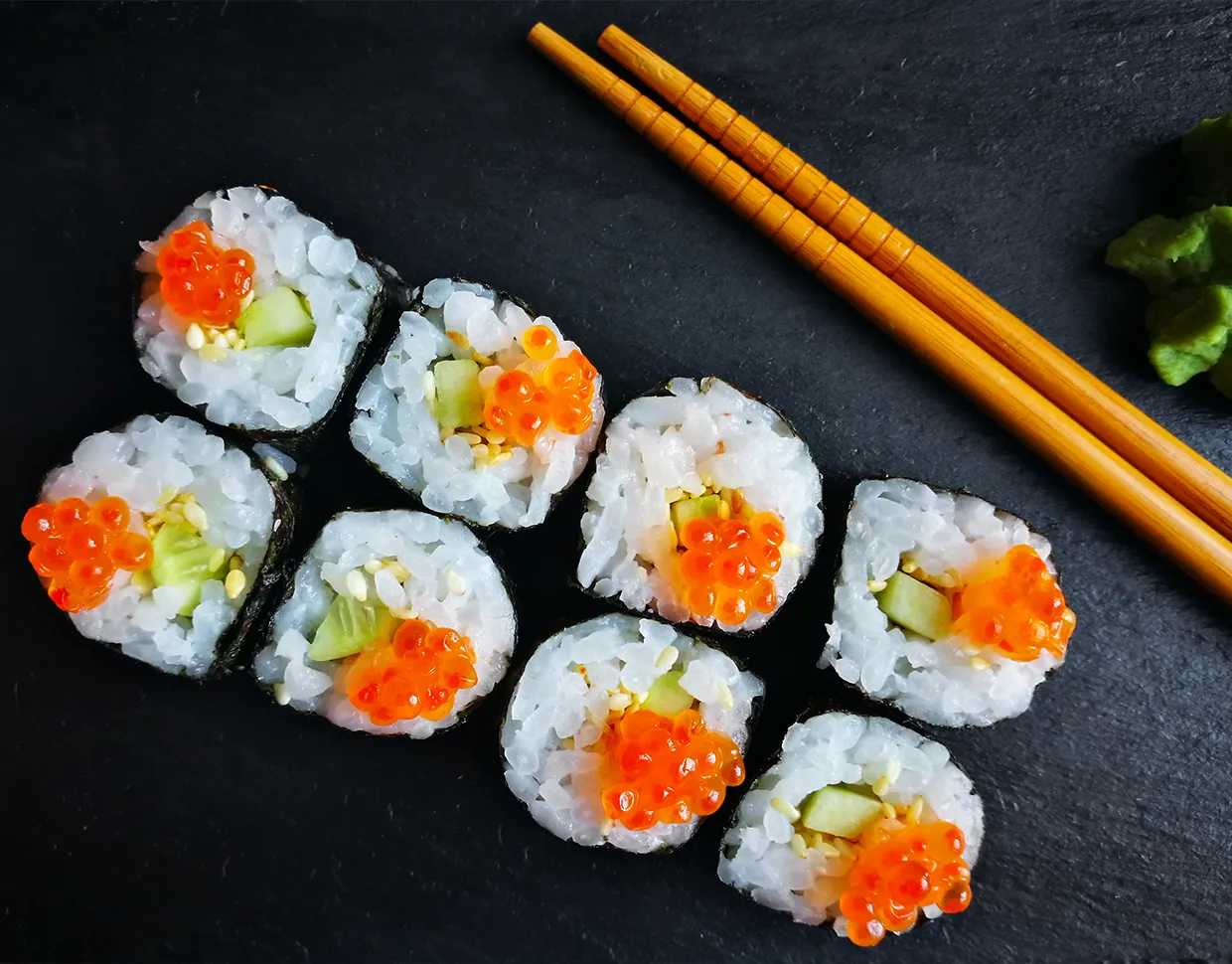
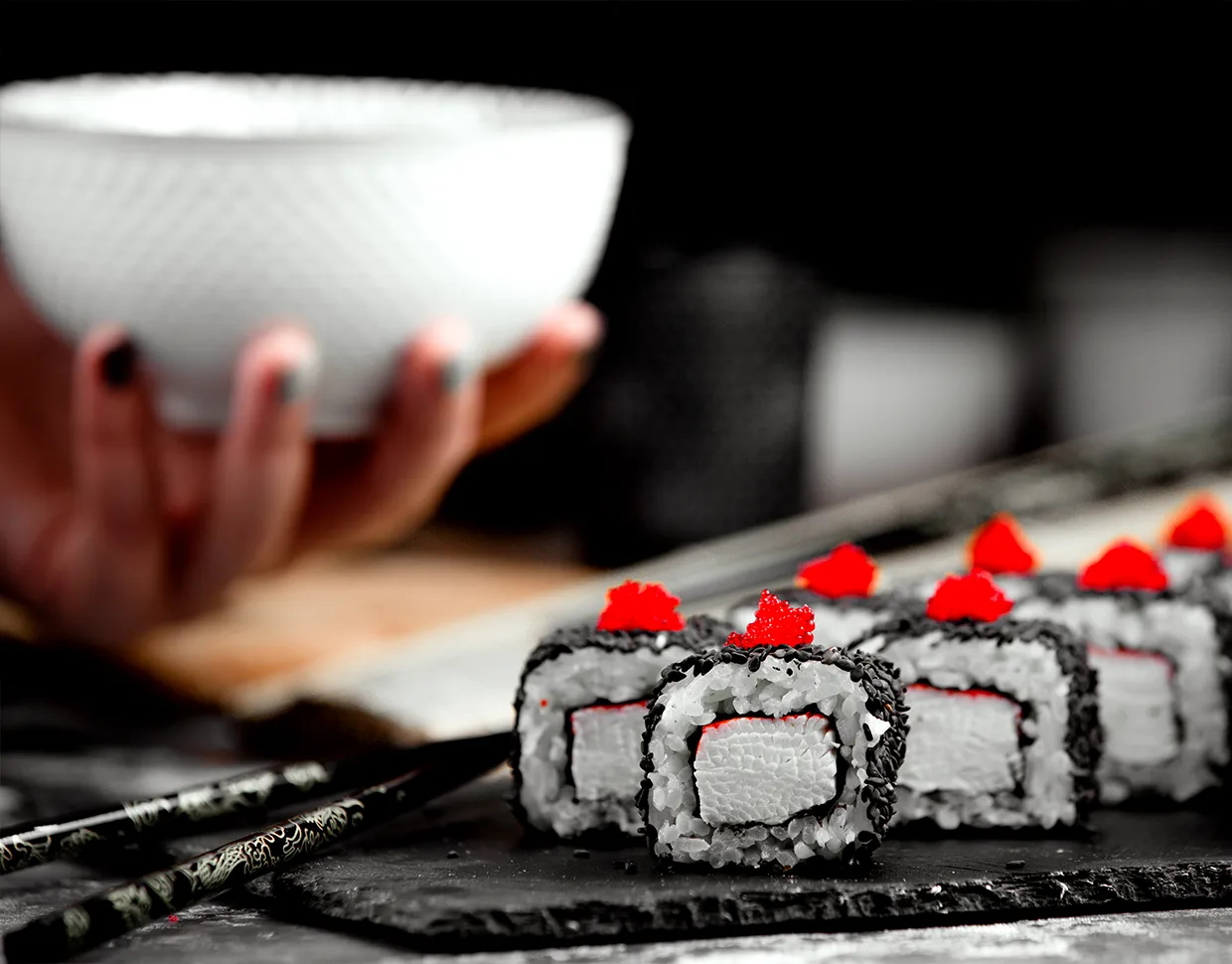
As time passed, sushi continued to diversify. Different regions of Japan developed their own versions. There was makizushi, or rolled sushi, using seaweed to wrap rice and fillings. Chirashizushi offered a colorful variety of toppings scattered over a bed of rice. Oshizushi used wooden molds to press rice and fish into dense rectangles. Sushi became more than food—it became a canvas for regional expression and creativity. With the globalization of Japanese cuisine in the 20th century, sushi reached new continents and underwent yet another transformation. Immigrants and traveling chefs introduced sushi to the United States and Europe. The California Roll, invented in Los Angeles, was one of the first examples of Western sushi, replacing raw fish with avocado and imitation crab to appeal to local tastes. Soon, creative adaptations like tempura rolls, Philadelphia rolls, and even dessert sushi emerged. What began as an ancient preservation method had now become a versatile and international culinary phenomenon.
Today, sushi is served everywhere—from luxury restaurants to supermarket aisles—and yet it remains a dish steeped in tradition, innovation, and global influence. Its journey from fermented fish wrapped in discarded rice to beautifully crafted art on a plate is a testament to the adaptability and longevity of cultural cuisine.


